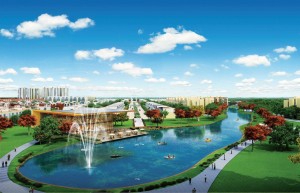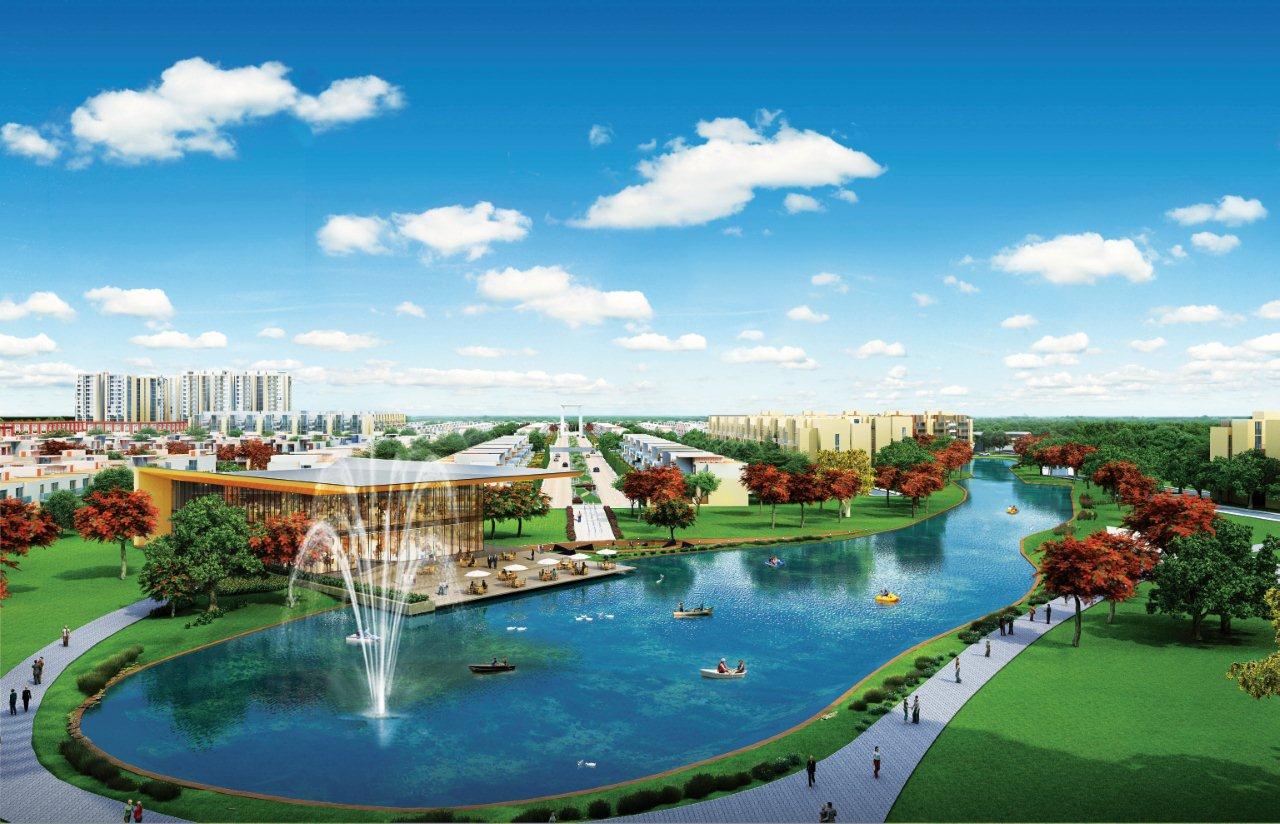 Track2Realty Exclusive: In Mumbai Kohinoor City has a club house with wide range of international standard gymnasium equipments, rubberized jogging track, badminton court with herculean flooring, squash & table tennis court with wooden flooring, lawn tennis, swimming pool with Jacuzzi, steam rooms, yoga room, carom & pool room, cricket ground and even amphitheatre.
Track2Realty Exclusive: In Mumbai Kohinoor City has a club house with wide range of international standard gymnasium equipments, rubberized jogging track, badminton court with herculean flooring, squash & table tennis court with wooden flooring, lawn tennis, swimming pool with Jacuzzi, steam rooms, yoga room, carom & pool room, cricket ground and even amphitheatre.
The question is whether such frills are sustainable and financially viable to maintain in the long run.
Atul Modak, head of Kohinoor City asserts that any club house, though not profit making centre, should be self-sustainable in the term. If proper policies and procedures along with revenue generating sources are in place, the club will not lose sheen in the long run.
“Most of the clubs across the country are like fake frills to customers but now more and more developers are giving full fledge clubhouse. I feel even the clubs within residential projects help diverse set of people come together and socialize. Ours being cosmopolitan nature of residential societies further helps in bring diverse sets of people together,” says Modak.
Ashwani Prakash, Executive Director of Paramount Group also believes that clubs in a residential project has all the necessary ingredients of bringing together diverse set of people.
According to him the clubs in residential projects do cater the needs of different sets of people with similar social standing. If the facilities in the club are designed keeping in view the social and other needs of the residents, a club would definitely provide a smooth atmosphere, which will support the life style of the residents residing in the project.
“In an integrated township the facilities and the atmosphere should be designed aptly which covers the comfort and gives a support to the life style of the cross-section of the people who reside within that township. The club in any group housing is offered only to the residents of that township no outsiders are permitted. The people residing in group housing are almost with similar social standing and form a cohesive social group which has almost the similar taste. Thus making the maximum use of club facilities available to them,” says Prakash.
Chitty Babu, Chairman and CEO, Akshaya Homes categorically believes that to make a club happening place it has to organize get together at regular intervals for the occupants where activities like karoake nights, tambola, conducting sports competitions for the children and adults have to be organised rather than just mundane cafeterias. Clubs in his residential projects also screen a new movie for the kids every week.
“To our understanding clubs within residential projects are more about offering facilities for sports and recreation rather than offering cafeterias as the requirement for clubbing to have food and drinks are limited in residential projects. Normally in a residential project the sports and recreation club is the preferred form primarily to provide a venue for the occupants to take care of their physical fitness,” says Chitty Babu.
The fact of the matter is that the concept of clubs has gone a tremendous change and facelift, thanks to the cut-throat competition among the developers.
It often works as a show case of the project as well and there is a clear distinction in the architecture and decor of the clubs constructed of late as against the nineties.
Older clubs have a colonial design and formal interiors whereas the new ones have contemporary design. Small bedroom but large club house is something that the urban India seems to have settled with.





